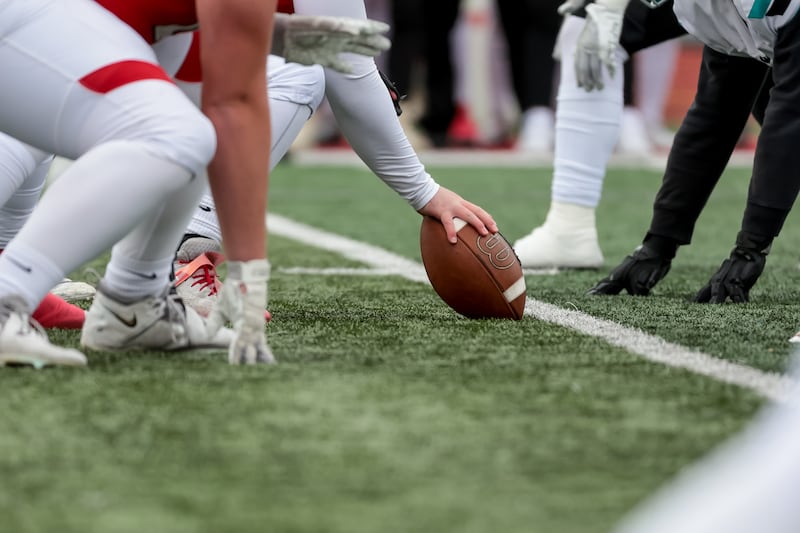Researchers from Boston University have found a distressing level of chronic traumatic encephalopathy in the brains of young athletes whose brains were donated to science after they died.
In a study of 152 brains of athletes younger than 30 exposed to repetitive head impacts and whose brains were provided for examination, 41% showed evidence of the disorder, often referred to simply as CTE.
“The study published in JAMA Neurology includes the first American woman athlete diagnosed with CTE, a 28-year-old collegiate soccer player whose identity remains private,” Boston University said in a news release.
Chronic traumatic encephalopathy is a neurodegenerative disorder that’s related to repeated head injuries. The head trauma from blows to the head kills nerve cells in the brain and gets worse over time, but the only way to truly diagnose it is after death, during an autopsy of the brain, according to the Mayo Clinic.
“CTE has already been found to be quite common among retired National Football League veterans who have struggled with declining brain health due to the condition, which is caused by repeated blows to the head sustained while playing football and other hard-contact sports,” according to United Press International.
Mayo says a single blow to the head does not cause the condition, but a second — or even repeated blows over time — before the first one fully heals can lead to it.
“CTE has been found in the brains of people who played U.S. football and other contact sports, including boxing, the clinic report says. “It also may occur in military members who were exposed to explosive blasts. Symptoms of CTE are thought to include trouble with thinking and emotions, physical problems and other behaviors. It’s thought that these develop years to decades after head trauma appears.”
“This study clearly shows that the pathology of CTE starts early,” according to corresponding author Dr. Ann McKee, chief of neuropathology at VA Boston Healthcare System and director of the Boston University CTE Center, quoted in the release. She noted that fewer than 1% of brains donated to community brain banks have any signs of the disorder and called “remarkable” the fact that so many young athletes exposed to collision and contact as part of their sport do have such signs.
CTE study details
The brain disorder has four possible stages, with stage 4 the most severe, the researchers said. Nearly all the brains showed signs of mild CTE, stages 1 and 2. Three of the brains studied were at stage 3 for CTE. Of the brains with CTE, other signs of brain injury were often seen.
“Clinical symptoms were common among athletes, whether or not they had CTE,” according to the news release. Those included depression (70%), apathy (71.3%), difficulty controlling behaviors (56.8%) and problems with decision-making (54.5%). Substance abuse was also frequent, with alcohol abuse present in 42.9% and drug abuse in 38.3%,” the researchers said.
“The study suggests that some of the symptoms these young athletes are experiencing are not caused by the early tau pathology of CTE,” McKee said. “It is imperative that young athletes who are experiencing neuropsychiatric symptoms seek out care, as it is likely that symptoms can be reduced with effective management and follow-up.”
More than 7 in 10 of the brains showing CTE belonged to amateur athletes, according to the study. Those included athletes who played football, ice hockey, soccer and rugby, as well as wrestlers.
Those with CTE signs tended to be older, their average age of death 25.3 years, compared to those without signs of the condition, who died at an average of 21.4 years. They also averaged 11.6 years of exposure to contact sports, compared to the average of 8.8 years among those whose brains did not show CTE.
ESPN noted the study’s emphasis that “not all contact sport athletes with symptoms have CTE.”
The researchers said more study is needed of young donor brains that were not exposed to contact and collision sports.
Athletes and their parents can learn about a CTE Prevention Protocol developed by McKee and colleagues. And athletes who have symptoms or concerns about CTE are encouraged to call the Concussion Legacy Foundation HelpLine.


